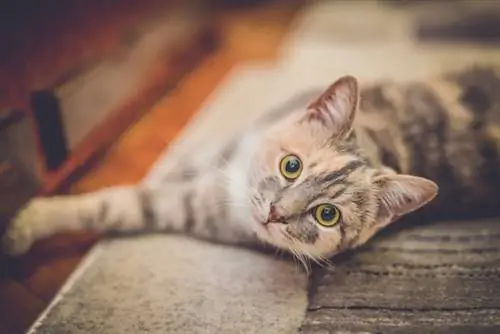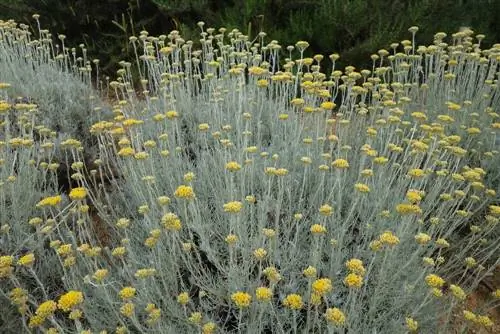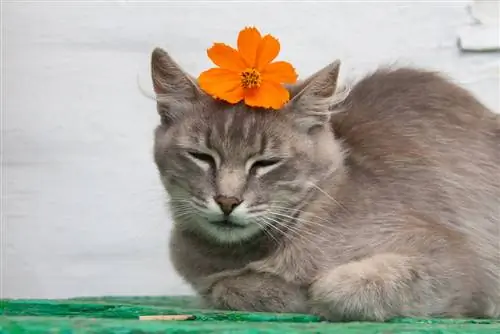- Author admin [email protected].
- Public 2023-12-16 16:46.
- Last modified 2025-01-23 11:21.
Cat owners always wonder whether certain houseplants are poisonous or not. The Kentia palm is not poisonous to cats and can therefore be easily grown in households with children and pets.

Are Kentia palms poisonous to cats?
The Kentia palm is not poisonous to cats because it does not contain any toxins in its plant parts. It even contributes to a he althier indoor climate by filtering pollutants and producing oxygen. However, cats should be discouraged from nibbling the palm tree.
Kentia palms not poisonous to cats
Kentia palms do not contain any toxins in any part of the plant. Even if parts of the fronds were consumed by the cat or children, there would be no risk of poisoning. However, the risk of choking should not be underestimated.
Caring for Kentia palms in your home is definitely a benefit for all family members. The Kentia palm contributes to a he althier indoor climate because it filters pollutants from the air. It also produces a comparatively large amount of oxygen.
Find a safe location
Even if the Kentia palm itself does not pose a danger to the cat, you should ensure that the palm tree is placed in a child- and cat-safe location.
If the cat tampers with the fronds, it can knock down the plant and thereby injure itself. Accidental unpotting would also not be particularly beneficial for the Kentia palm, especially if the long taproots were damaged.
The Kentia palm should also be protected from being eaten by cats. On the one hand, the animal can choke on the plant parts, and on the other hand, it damages the palm if its fronds are nibbled on. Damaged leaves do not look very decorative and do not grow back.
Tip
You can put Kentia palm trees outside in summer. But make sure that the temperatures are high enough, especially at night. If they fall below 16 degrees, brown spots develop on the fronds.






